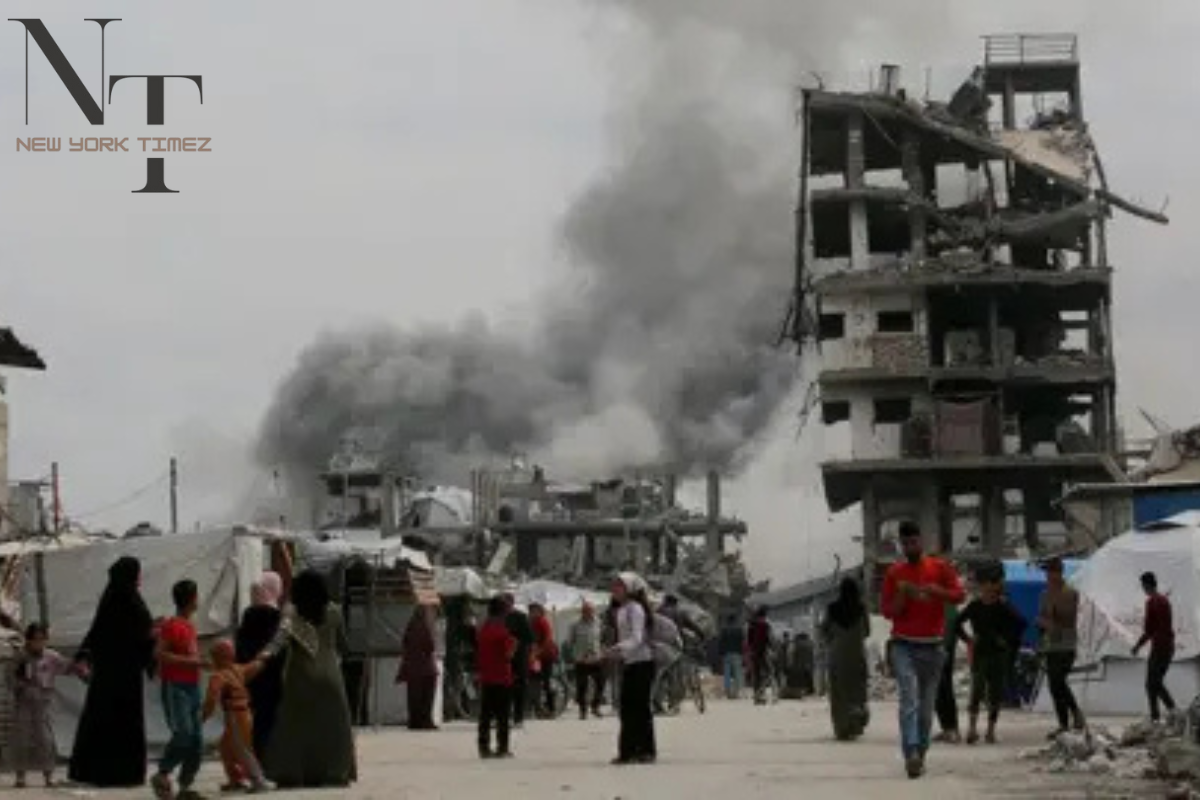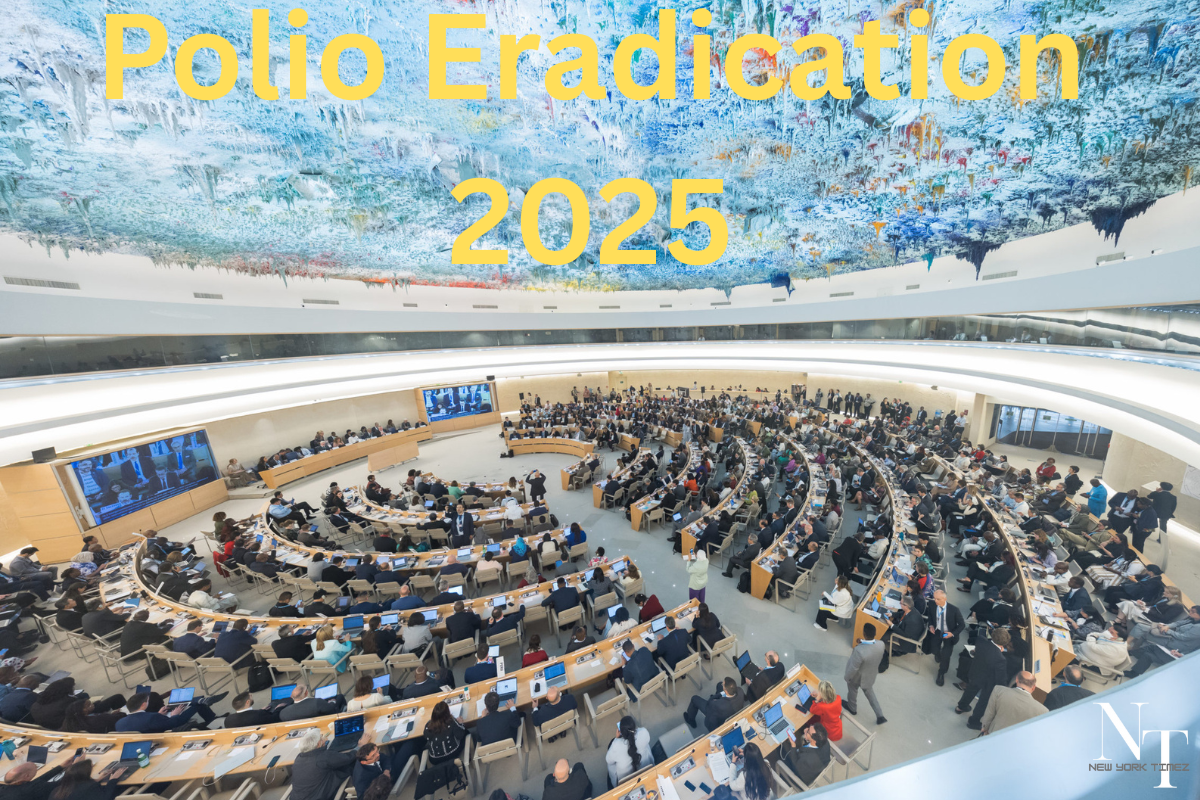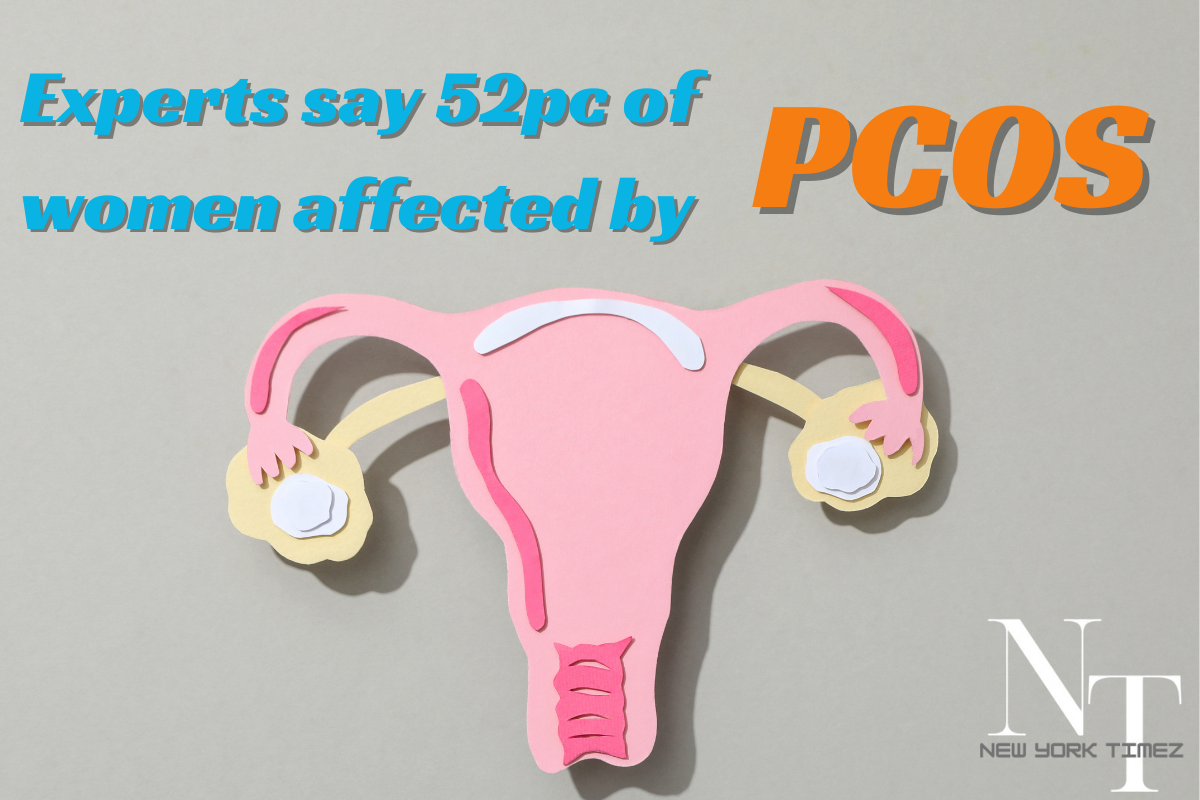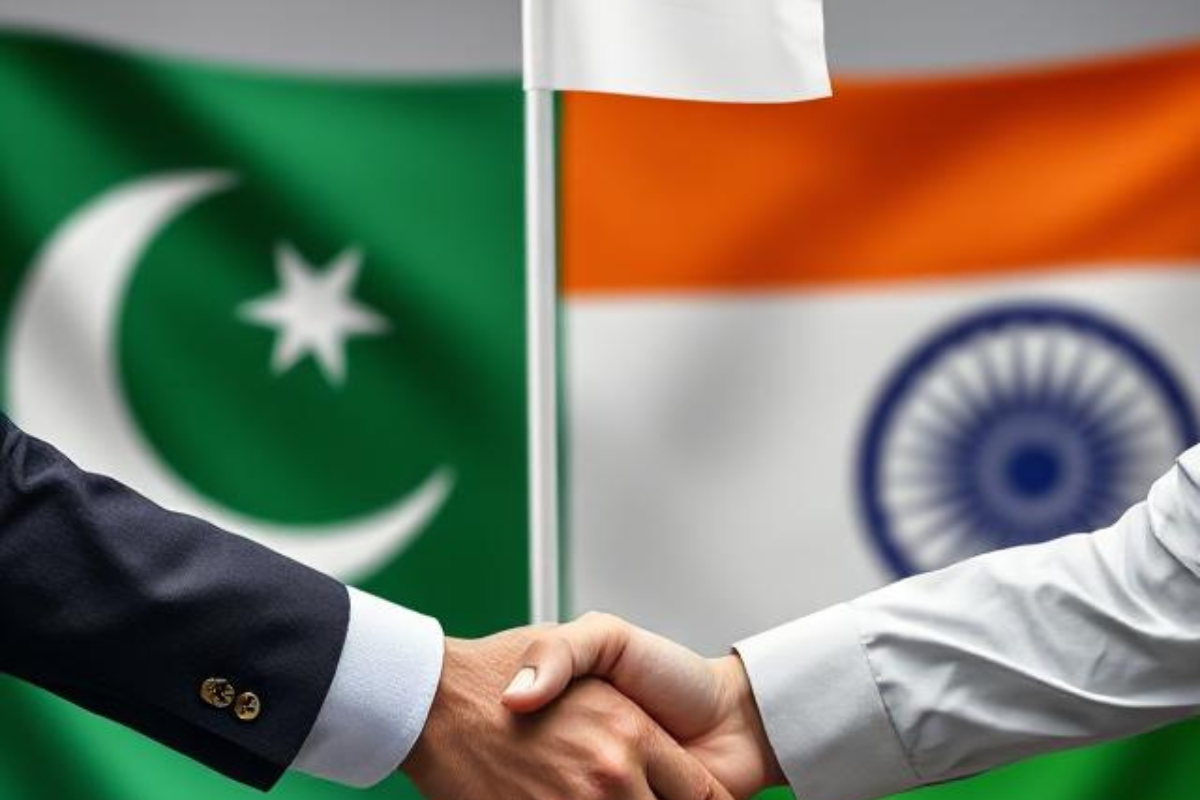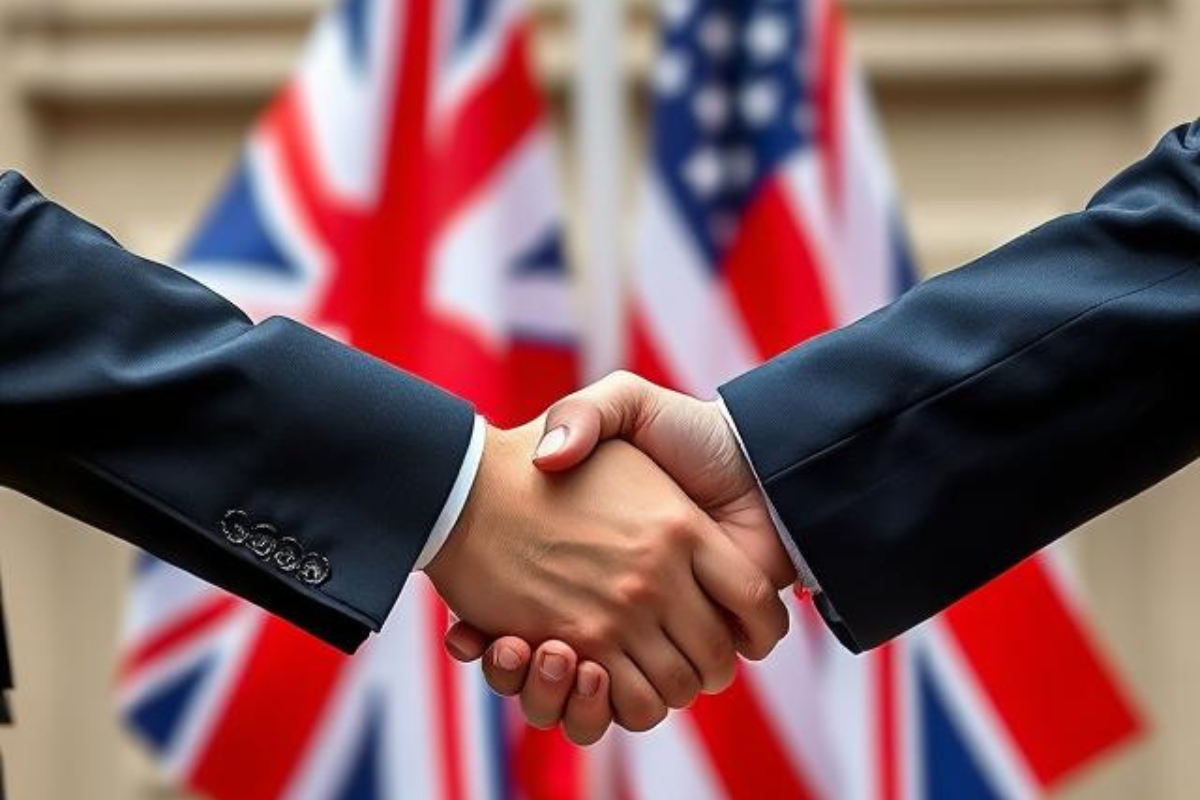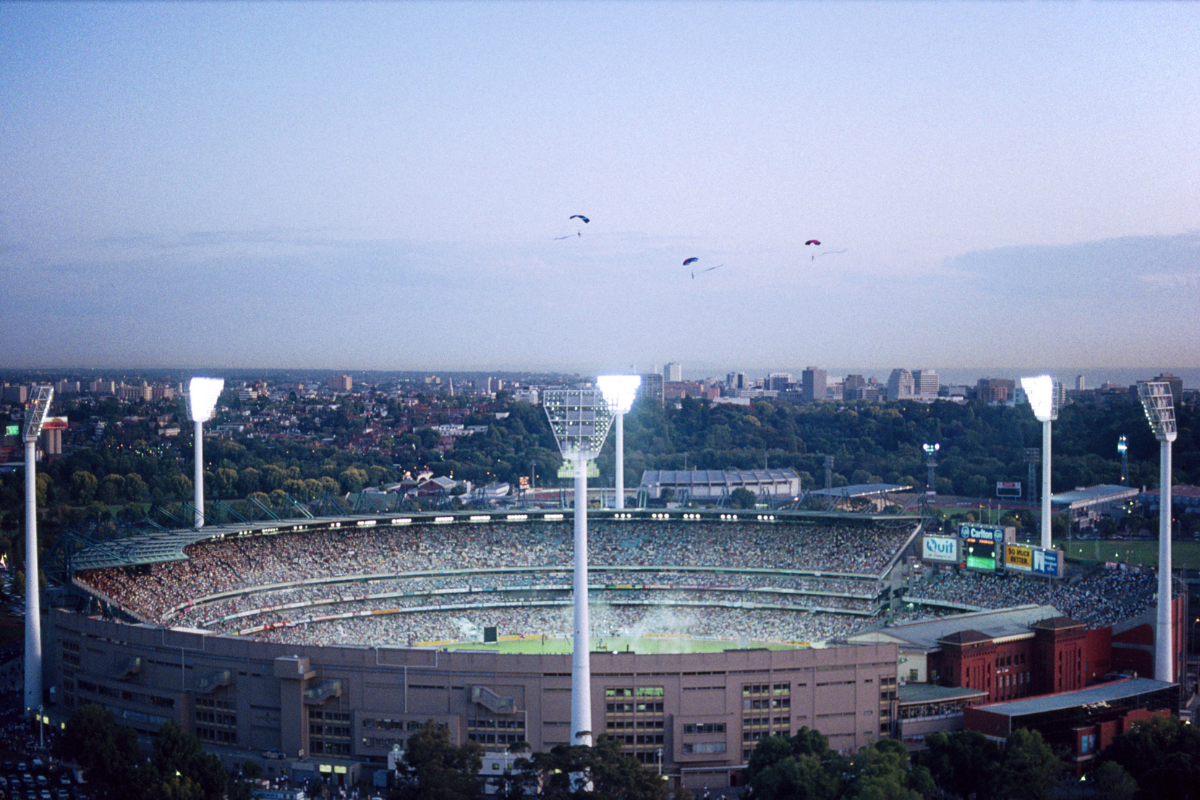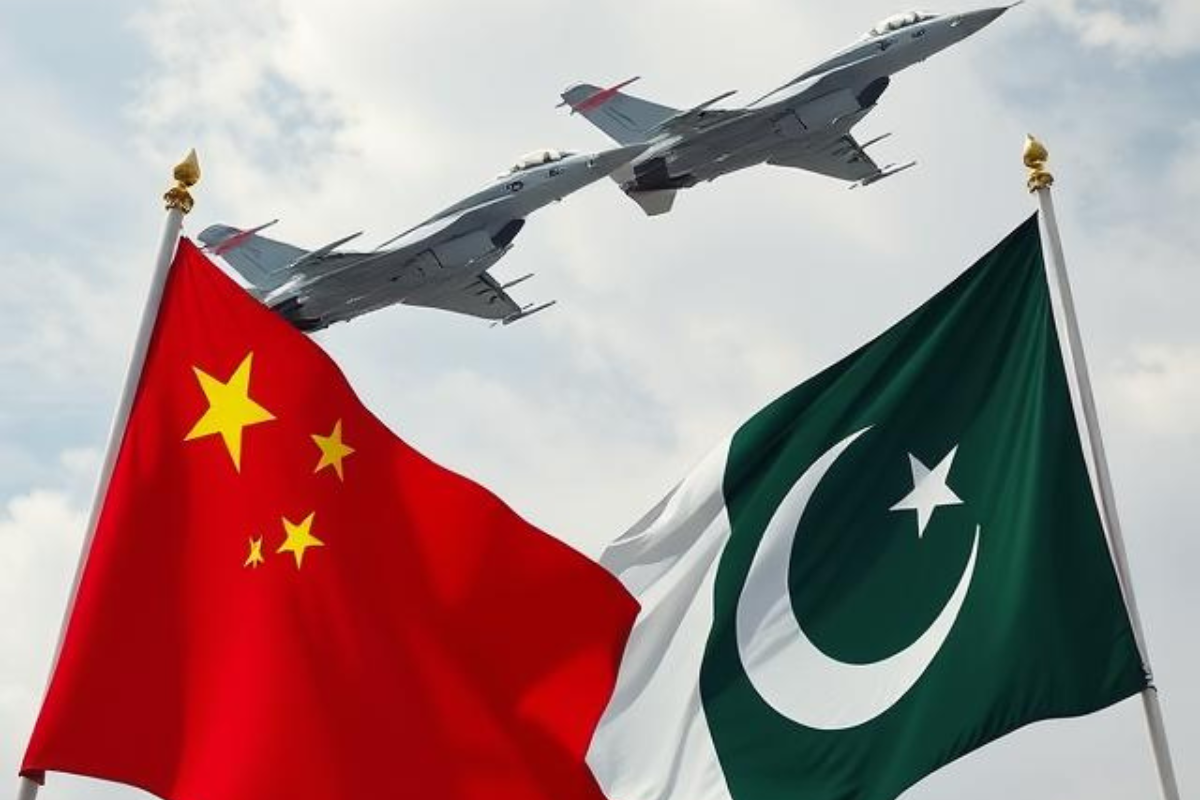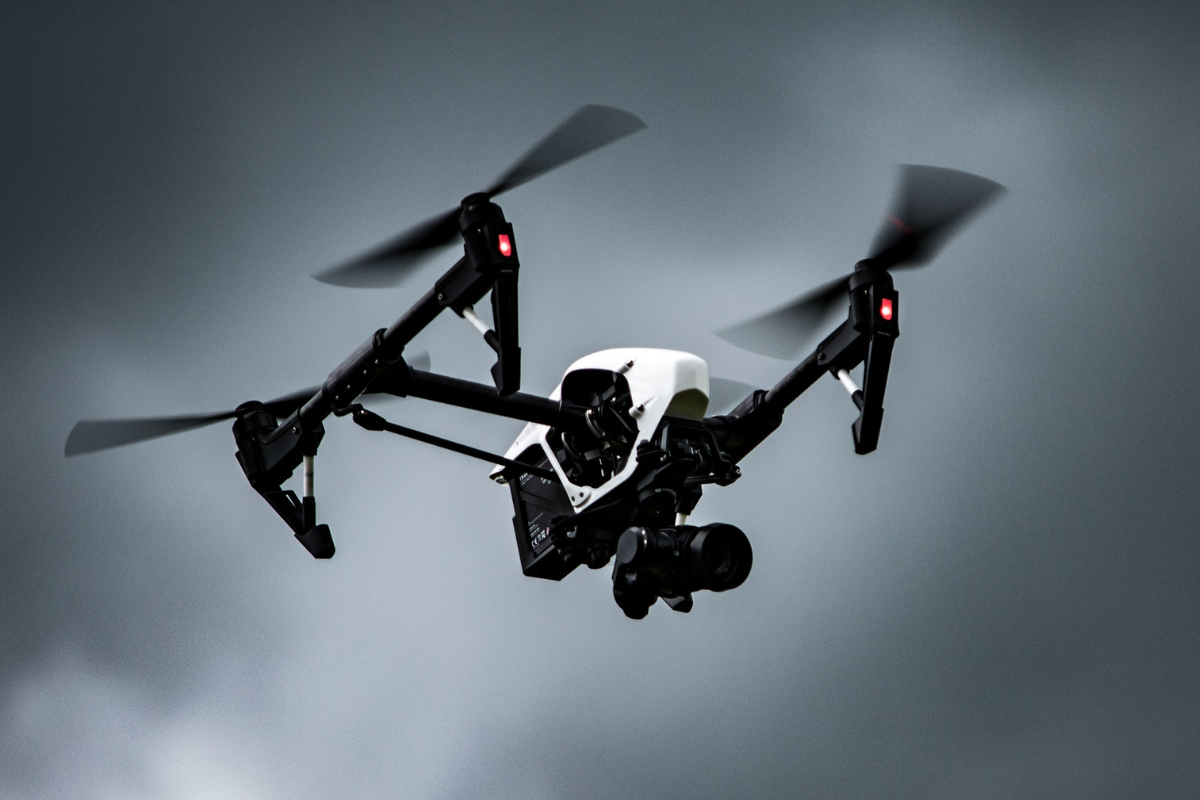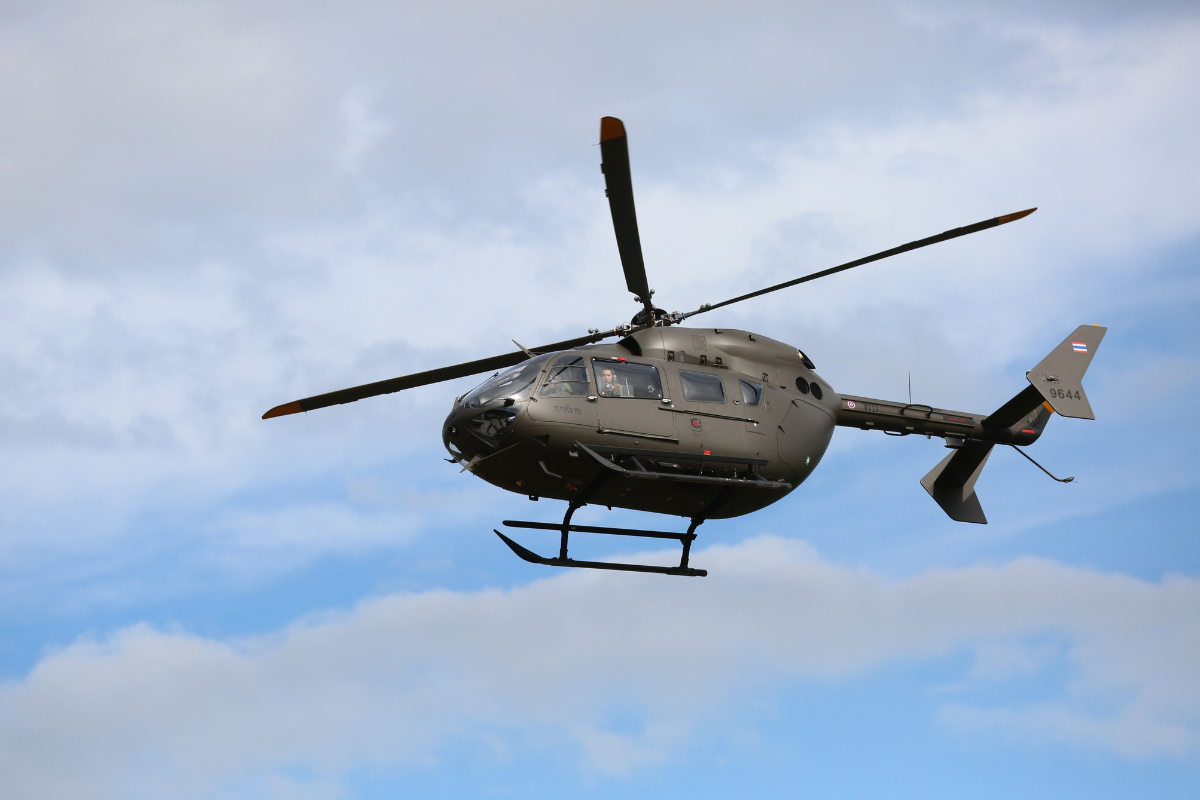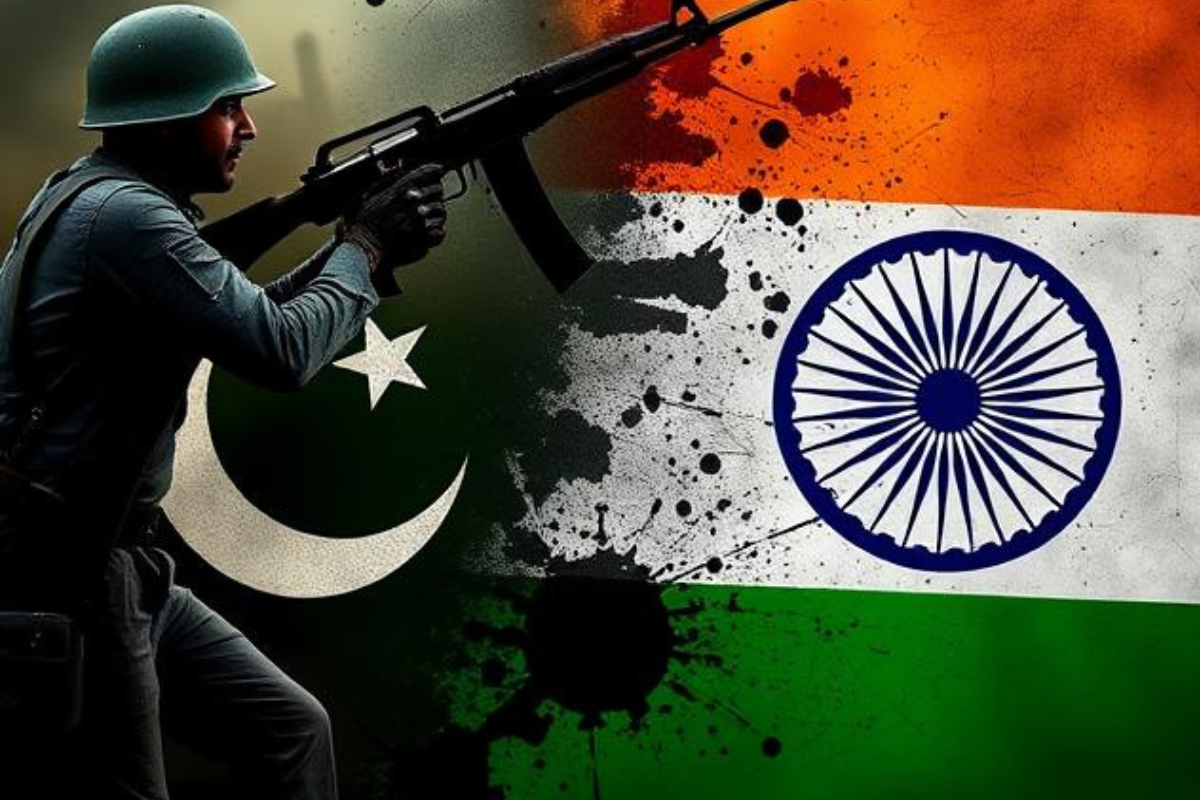
India Strikes Deep Inside Pakistan
Pakistan Says It Shot Down 5 Indian Jets in a Major Escalation
Introduction
On Wednesday, the conflict between India and Pakistan took a dangerous turn when India launched military strikes deep inside Pakistan. In return, Pakistan claimed it shot down five Indian Air Force jets. This sudden military escalation has raised fears that the two nuclear-armed neighbors might be moving closer to a larger and more dangerous conflict.
Let’s break down what happened, why it happened, the reactions from around the world, and what might come next.
What Triggered the Attack?
India launched the attack early on Wednesday, targeting what it described as “terrorist infrastructure” at nine locations in Pakistan’s Punjab province and Pakistan-administered Kashmir. India said this was a direct response to a deadly attack two weeks earlier, where militants killed 26 people, including tourists, in Indian-controlled Kashmir.
New Delhi (India’s capital) believes these militants came from across the border in Pakistan and were supported by groups operating there. This belief pushed India to take military action.
Trending News: India and Pakistan on the Brink of Conflict
Where Did India Strike?
The Indian Defense Ministry explained that its strikes hit specific sites believed to house or train militant groups. Pakistani military sources confirmed that several locations were hit, though they gave different details about the impact.
Indian forces targeted:
Sites in Punjab province, one of Pakistan’s most populated regions.
Areas in Pakistan-administered Kashmir, which is the part of Kashmir controlled by Pakistan.
Locals on both sides of the border told reporters that they heard loud explosions. People rushed to hide in safer places to avoid getting hurt.
What Damage Was Done?
Pakistan reported that at least 26 people were killed, including women and a three-year-old girl. Another 46 people were injured. Pakistan’s Prime Minister, Shehbaz Sharif, condemned the attacks, calling them “an act of war” and promised that Pakistan would respond strongly.
Meanwhile, on the Indian side, officials said at least eight people were killed due to cross-border shelling that followed the missile strikes.
Pakistan’s Military Response
In response, Pakistan’s military said they shot down five Indian Air Force jets and one drone. They claimed the downed aircraft included:
✅ Three Rafale jets – advanced French-made fighter jets.
✅ One MiG-29 – a fighter jet originally made in Russia.
✅ One SU-30 – another powerful Russian-made fighter jet.
There were also reports from local officials in Indian-administered Kashmir that an unidentified fighter plane crashed onto a school building. Photos showed wreckage lying near a red-brick building, but it was unclear whether the plane belonged to India or Pakistan.
India’s Official Statement
At a press conference, Indian officials explained that the strikes focused on training camps belonging to militant groups like Lashkar-e-Tayyiba (LeT) and Jaish-e-Mohammed (JeM). These groups have been accused of carrying out attacks inside India.
India also said that:
The strikes were “focused, measured, and non-escalatory” (meaning they tried not to make the situation worse).
No Pakistani military facilities were targeted.
India showed restraint by carefully choosing the targets and methods.
Interestingly, Indian officials did not respond to Pakistan’s claim about shooting down Indian jets.
Why This Strike Matters?
India has crossed into Pakistani territory before, but this time is different. According to defense experts, this is the deepest strike inside Pakistan by India since the Indo-Pakistan war of 1971, the biggest war the two nations have ever fought.
India named this military action “Operation Sindoor.” The name refers to the red powder (sindoor) that many Hindu women wear on their foreheads after marriage, symbolizing commitment and sacrifice. The choice of name connects emotionally to the recent attack, which left many Indian women widowed.
Global Reaction
The world is paying close attention to this conflict. Both India and Pakistan are nuclear-armed countries, and any military clash between them can be extremely dangerous for the entire region and even the world.
The United Nations (UN) has expressed concern and called for restraint.
The United States (US) Department of State said it was “closely monitoring” the situation.
Other world leaders have urged both sides to avoid further violence.
The Kashmir Conflict: A Longstanding Problem
To understand why things have escalated so quickly, we need to look at the history between India and Pakistan.
How Did It All Start?
When India and Pakistan gained independence from British rule in 1947, the two new countries immediately became rivals. One of the main reasons was Kashmir, a beautiful region in the Himalayas. Both countries claim Kashmir as their own, but today, the region is split:
Indian-administered Kashmir (controlled by India).
Pakistan-administered Kashmir (controlled by Pakistan).
Soon after independence, India and Pakistan fought their first war over Kashmir. Since then, they have fought three wars and have had many smaller military clashes, especially near the Kashmir border.
Why Is Kashmir Important?
Kashmir is not just about land; it’s about identity, religion, and politics. Pakistan is a Muslim-majority country, while India is Hindu-majority but has a large Muslim population, including in Kashmir. Many militant groups in Kashmir want either full independence or to join Pakistan.
India has long accused Pakistan of supporting these groups, but Pakistan denies it. Over the years, tens of thousands of people, including civilians, militants, and soldiers, have died in the conflict.
Recent Changes Fueling Tensions
In 2019, Indian Prime Minister Narendra Modi’s government revoked Kashmir’s special constitutional status, which gave the region a level of autonomy. This move was highly controversial and angered Pakistan, making relations even worse.
Airlines and Travel Affected
Because of the military tensions, commercial airlines are now avoiding Pakistani airspace, as shown by the flight-tracking website Flightradar24.
The main airport in Srinagar, the largest city in Indian-administered Kashmir, has been closed to civilian flights. Several international airlines have suspended or diverted flights going over Pakistan and northwestern India to ensure passenger safety.
Hospitals Overwhelmed
Video footage obtained by CNN showed chaotic scenes in a hospital in Pakistan’s Punjab province. Many wounded people were rushed in for treatment after the strikes. Medical staff worked around the clock to handle the sudden surge in patients.
What Do Experts Say?
Experts believe Pakistan will definitely respond to India’s military strikes.
Fahd Humayun, an assistant professor of political science at Tufts University, said,
“Retaliation to India’s actions will likely now be inevitable.”
Former Indian diplomat Ajay Bisaria added,
“Pakistan’s response is sure to come. The challenge would be to manage the next level of escalation. This is where crisis diplomacy will matter.”
This means both countries now face the difficult task of preventing the situation from turning into a full-scale war.
Why This Matters for the World?
India and Pakistan both have nuclear weapons, which means any major military conflict between them could have devastating effects, not just for South Asia but for the entire world.
In past clashes, world leaders and organizations like the UN have often stepped in to help reduce tensions. But with both governments under pressure from domestic political forces, it is unclear how easily they will back down this time.
What Might Happen Next?
While it’s impossible to predict exactly what will happen, there are several possible outcomes:
✅ Diplomatic talks: World leaders could pressure both sides to come to the table and negotiate.
✅ Limited retaliation: Pakistan could strike back in a limited way to show strength but avoid full war.
✅ Full military escalation: If neither side backs down, the conflict could turn into a much larger war.
Conclusion
The latest military strikes between India and Pakistan mark one of the most serious escalations in recent years. With both countries blaming each other and emotions running high, the situation is tense and dangerous.
As the world watches closely, the hope is that smart diplomacy and calm leadership will prevent further violence. But for the people living near the border, the fear and uncertainty are real, as they wait to see what tomorrow brings.
